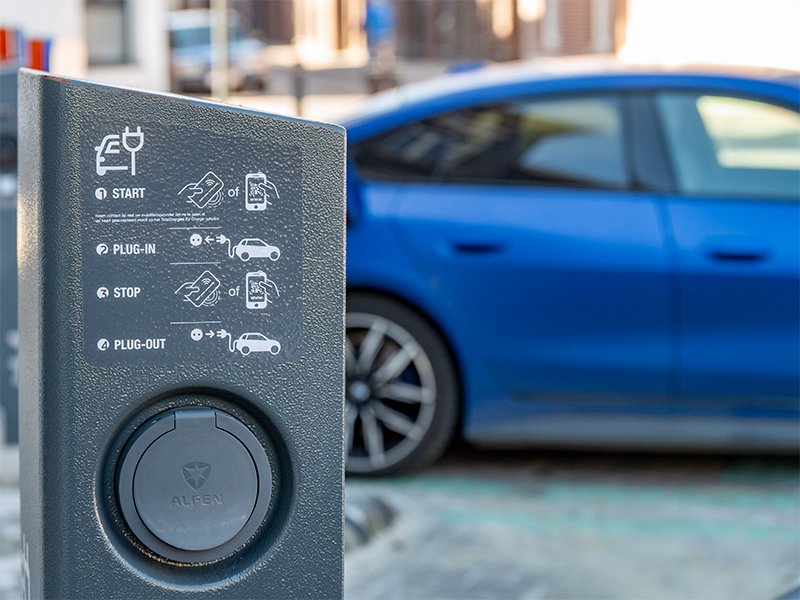Monitoring the shift to zero-emission vehicles in Europe
24107
From 2025 to 2026
TML refines its previous gap analysis for ACEA by developing key performance indicators (KPIs) to track the European automotive sector’s progress toward zero-emission mobility. These indicators will be integrated into an interactive dashboard, providing policymakers and industry leaders with real-time insights to identify challenges and adjust strategies.
In this project, we take the next step in tracking the European automotive sector’s journey toward zero-emission mobility. It builds on a previous TML study for ACEA that identified four major roadblocks:
This new study refines the findings of the previous project by creating a focused set of KPIs with clearly defined targets to monitor progress over time. These KPIs will feed into an interactive dashboard, offering real-time insights into how the transition is unfolding.
Our key tasks are (1) selecting the dashboard indicators and their targets as well as (2) collecting, processing, and regularly updating data to track progress.
The end goal is a user-friendly dashboard that gives policymakers and industry leaders a clear, data-driven snapshot of the shift to zero-emission vehicles. With this tool, they can identify challenges, measure progress, and adjust strategies to keep the transition on track.
In this project, we take the next step in tracking the European automotive sector’s journey toward zero-emission mobility. It builds on a previous TML study for ACEA that identified four major roadblocks:
- Electricity grid – can it handle the growing demand for electric vehicle (EV) charging?
- Consumer perspective – are EVs affordable, accessible, and attractive enough for widespread adoption?
- Charging infrastructure – are there enough charging stations in the right places?
- Manufacturer perspective – are energy prices competitive and do we have enough battery production capacity?
This new study refines the findings of the previous project by creating a focused set of KPIs with clearly defined targets to monitor progress over time. These KPIs will feed into an interactive dashboard, offering real-time insights into how the transition is unfolding.
Our key tasks are (1) selecting the dashboard indicators and their targets as well as (2) collecting, processing, and regularly updating data to track progress.
The end goal is a user-friendly dashboard that gives policymakers and industry leaders a clear, data-driven snapshot of the shift to zero-emission vehicles. With this tool, they can identify challenges, measure progress, and adjust strategies to keep the transition on track.


